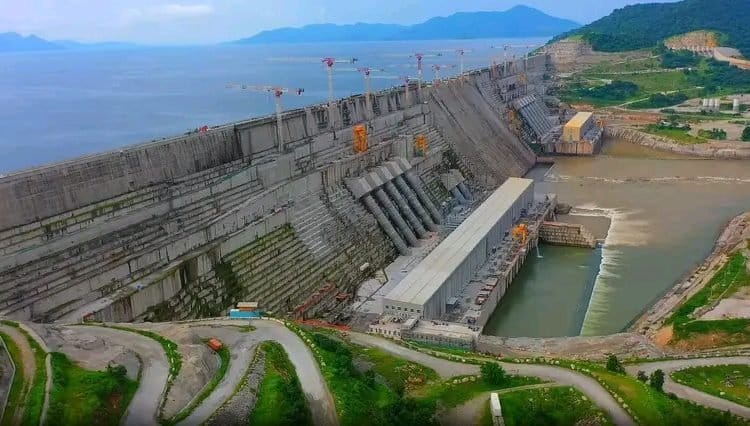Ethiopia’s flagship Grand Ethiopian Renaissance Dam (GERD) has generated 6,800 megawatts of electricity in the last nine months alone, according to government officials, marking a significant milestone as the mega-project approaches its final completion phase.
Speaking to national media, Minister of Water and Energy Habtamu Itefa confirmed that five turbines are currently operational, each contributing 400 megawatts to the national grid. The dam is now structurally ready to hold large volumes of water, he added, indicating major progress in both construction and power generation.
The GERD, a central component of Ethiopia’s ambition to become a regional energy hub, is designed to host a total of 11 turbines upon completion. The addition of more turbines currently under construction is expected to substantially boost electricity output.
Last year, during a similar reporting period, Ethiopian Electric Power (EEP) reported that the dam had produced over 2,700 gigawatt-hours of electricity using just two turbines. At that time, this contribution accounted for about 16% of Ethiopia’s total electricity generation, which stood at 16,900 gigawatt-hours over a ten-month span.
According to EEP, the fully operational GERD is projected to raise the country’s total generation capacity by more than 80%, ultimately reaching 5,150 megawatts and delivering an estimated 15,760 gigawatt-hours of electricity annually.
As construction nears completion, GERD remains both a symbol of national pride and a key lever in Ethiopia’s energy diplomacy with neighboring countries seeking clean and affordable power.



